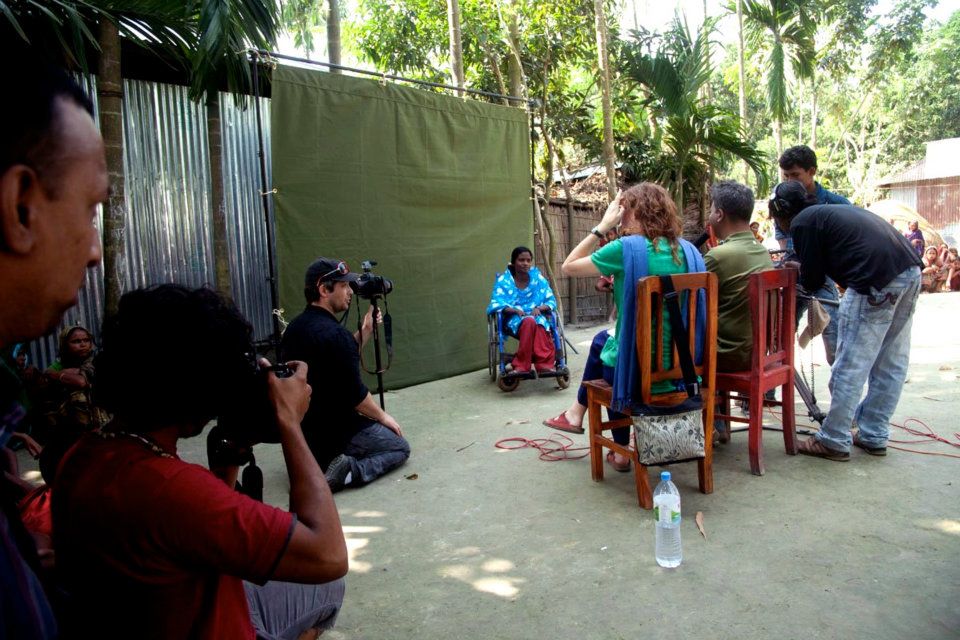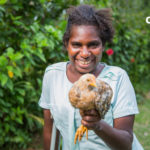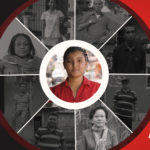What’s behind ‘End the Cycle’?
julio 4, 2018

Image: The End the Cycle team with local film crew in Bangladesh collecting stories using a rights-based approach.
Have you ever wondered what makes End the Cycle so unique?
Or perhaps you watched one of our short videos and felt there was something different about it?
We frequently receive feedback that End the Cycle videos are insightful, professional and creative, as well as useful in helping people understand how poverty and disability are linked. Our videos help people understand the importance of including everybody.
But the process along the way to create the great result is also worth exploring – in fact, the way we go about End the Cycle’s work is just as important as the finished product. The foundation of all that we do is our principles, based on the UN Convention on the Rights of Persons with Disabilities, Article 3. The principles inform our plans and guide our decision-making. In this post, we’ll unpack some of the principles and how they are applied in real situations.
Local Ownership:
When a new set of resources is to be developed, a local partner is identified to work on story collection and development. In many cases, this local partner is a Disabled People’s Organisation, or DPO. In some cases, this has been an existing CBM partner who has people with disabilities in positions of leadership. We want the local ownership to be in the hands of people with disabilities. We draw up a contract with the local partner, clearly setting out roles and responsibilities.
We think it is important that a person with a disability from the local partner is in charge of the process. This means that when the film crew is on the ground, it’s the local person who leads the group and has the final say.
Own story, own words:
In the words of Abena, an End the Cycle self-advocate from Ghana:
“Someone wearing the shoe knows very well how tight it is, how painful it is inside. But because you are not wearing the shoe, you can’t talk for me. So it is better you give us a chance to talk for ourselves.”
This principle relates to the central and consistent role of people with disabilities in defining and directing their own goals. Telling their own story in their own words keeps the person in control of how they are represented. This means ensuring participants understand End the Cycle’s plans for the resources and that consent to be a part of the project is genuinely informed. Later, when videos are being edited and creative elements added, drafts are sent back to participants to check they are still happy with how they are being portrayed. At any stage in the process, or even after the videos are finished, participants can intervene to make changes or even withdraw from the project.
Once everyone is happy, the videos are shared through our global networks, getting the self-advocate’s message out into the world.
Accessibility: increasing all the time
All reasonable measures are taken to ensure End the Cycle resources are accessible to all people. We aim to leave no one behind!
This is an area we always consider and our resources have become more accessible over time, as we learn and grow. At present, key accessibility measures include:
- All videos are sub-titled
- Latest videos also have international sign captioning on-screen, as well as audio-description alternative versions
- Our website can be switched between English, French or Spanish, and many videos are also available in these languages, as well as some in Arabic
- All documents are available in Word and PDF versions
- The website has been designed with accessibility in mind and meets AA standard
Accountability
We are committed to being accountable to the people who have shared their story with us. For this reason, we have clear Terms of Use so that anyone who downloads an End the Cycle video is aware that the story must not be edited or changed in any way, without us checking with the person in the story. The Terms of Use state clearly that stories must not be retold or modified, and that photos cannot be used without the story, giving the context that the person provided.
What do you think of these principles? Could they be applied to all story collection in the international development sector, or is there more we could do to raise the bar on a rights-based approach? We’d love to hear your thoughts.
Send an email to contact@endthecycle.info or check the full set of stories here.







